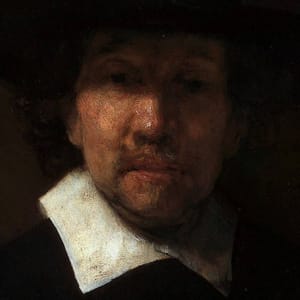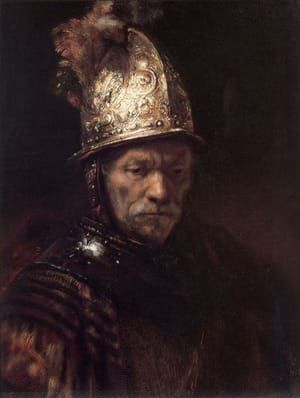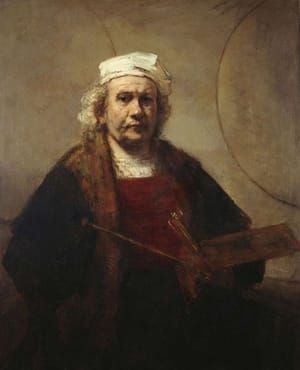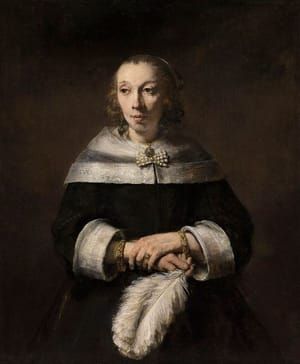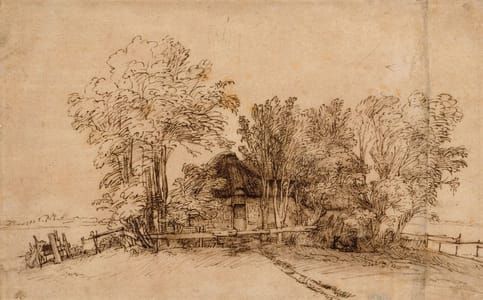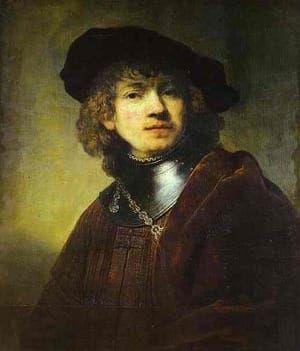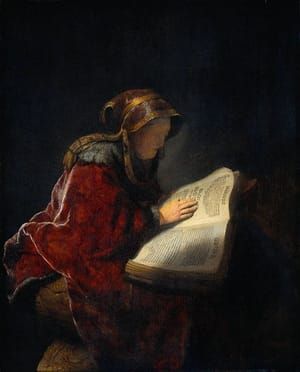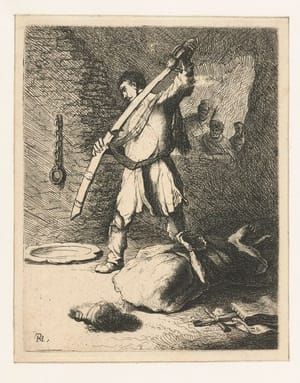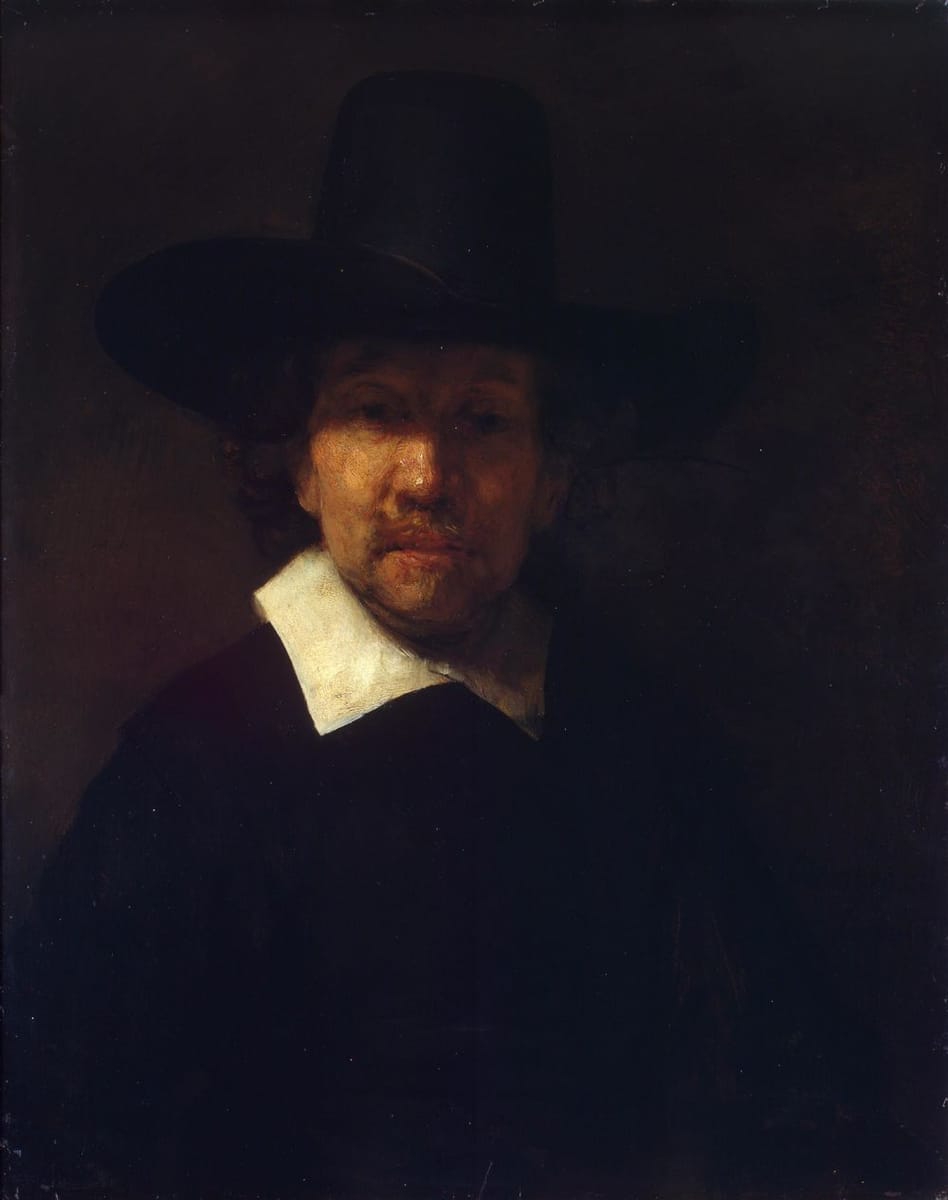

Portrait of the Poet Jeremias de Decker, 1666
Rembrandt van Rijn
A painting of the northern Dutch poet Jeremias de Dekker (1609-1666). De Decker was a friend of Rembrandt. He had planned to sing various captions to Rembrandt's paintings. This plan, however, was never implemented.
The painting was acquired in 1781 by Catherine II of Russia, with the collection of the Comte de Baudouin from Paris. Since then it has been in the Hermitage. (https://nl.wikipedia.org/wiki/Portret_van_Jeremias_de_Decker)
Dekker was born in Dordrecht. His father was a native of Antwerp, who, having embraced the reformed religion, had been compelled to take refuge in the Netherlands. Entering his father's business at an early age, Jeremias found leisure to cultivate his taste for literature and especially for poetry, and to acquire without assistance a competent knowledge of English, French, Latin and Italian. His first poem was a paraphrase of the Lamentations of Jeremiah (Klaagliedern van Jeremias), which was followed by translations and imitations of Horace, Juvenal and other Latin poets. The most important of his original poems were a collection of epigrams (Puntdichten) and a satire in praise of avarice (Lof der Geldzucht). The latter is his best-known work. Written in a vein of light and yet effective irony, it is usually ranked by critics along with Erasmus's Praise of Folly. Dekker died at Amsterdam in November 1666.
(https://en.wikipedia.org/wiki/Jeremias_de_Dekker)
Uploaded on Nov 25, 2016 by Suzan Hamer
Rembrandt van Rijn
artistArthur
Wait what?

